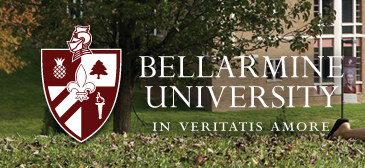Date of Award
3-22-2018
Document Type
Dissertation
Degree Name
Doctor of Philosophy (Ph.D.)
School Name
Annsley Frazier Thornton School of Education
Department
Education
Major Advisor
Dr. Grant Smith
Abstract
Data shows that there is a lack of progress in male graduation rates in recent decades in higher education (Diprete & Buchmann, 2013). This study examines the impact of gender role conflict and academic motivation on academic progress with first and second year Division II male student-athletes and male non-student-athletes at a Midwestern, Carnegie classified master’s college and university (larger program institution). Gender role conflict creates a narrow definition for masculinity in which males are expected to behave (O’Neil, 1981). Using general linear regression and binary logistic regression models, the researcher analyzed data of participants’ (N = 116; Nstudent-athletes = 58; Nnon-student-athletes = 58) scores on the Gender Role Conflict Scale (GRCS) factors and Academic Motivation Scale (AMS) factors, alongside the participants’ athlete status (Yes or No), midterm GPA, and composite ACT (Vallerand, et al., 1992; O’Neil, et al., 1986). The study explained mixed findings about GRC and AMS predictors of midterm GPA. GRC factors of Restrictive Emotionality (RE) and Conflict Between Work Family – Leisure (CBWFR) were significant predictors of midterm GPA as a dependent variable, but only CBWFR was a negative significant predictor. The model using athlete status as a dependent variable was not significant. The full models of RE as a dependent variable or Restrictive Affectionate Behavior Between Men (RABBM) as a dependent variable both explained sizable variance (R2RE = .427; R2RABBM = .476). Throughout the research, GRC factors were significant predictors. Findings demonstrate the continued need for further analysis of the GRC factors and how they impact varying subgroup populations of males’ academic progress, including the potential within group variations between different sports and sports types (i.e. contact versus non-contact sports).
Recommended Citation
Schroeder, Andrew, "The Relationship Between Gender Role Conflict and Academic Progress Comparing Division II Male Student-Athletes to Male Non-Student-Athletes" (2018). Graduate Theses, Dissertations, and Capstones. 51.
https://scholarworks.bellarmine.edu/tdc/51
Included in
Developmental Psychology Commons, Higher Education Commons, Student Counseling and Personnel Services Commons
